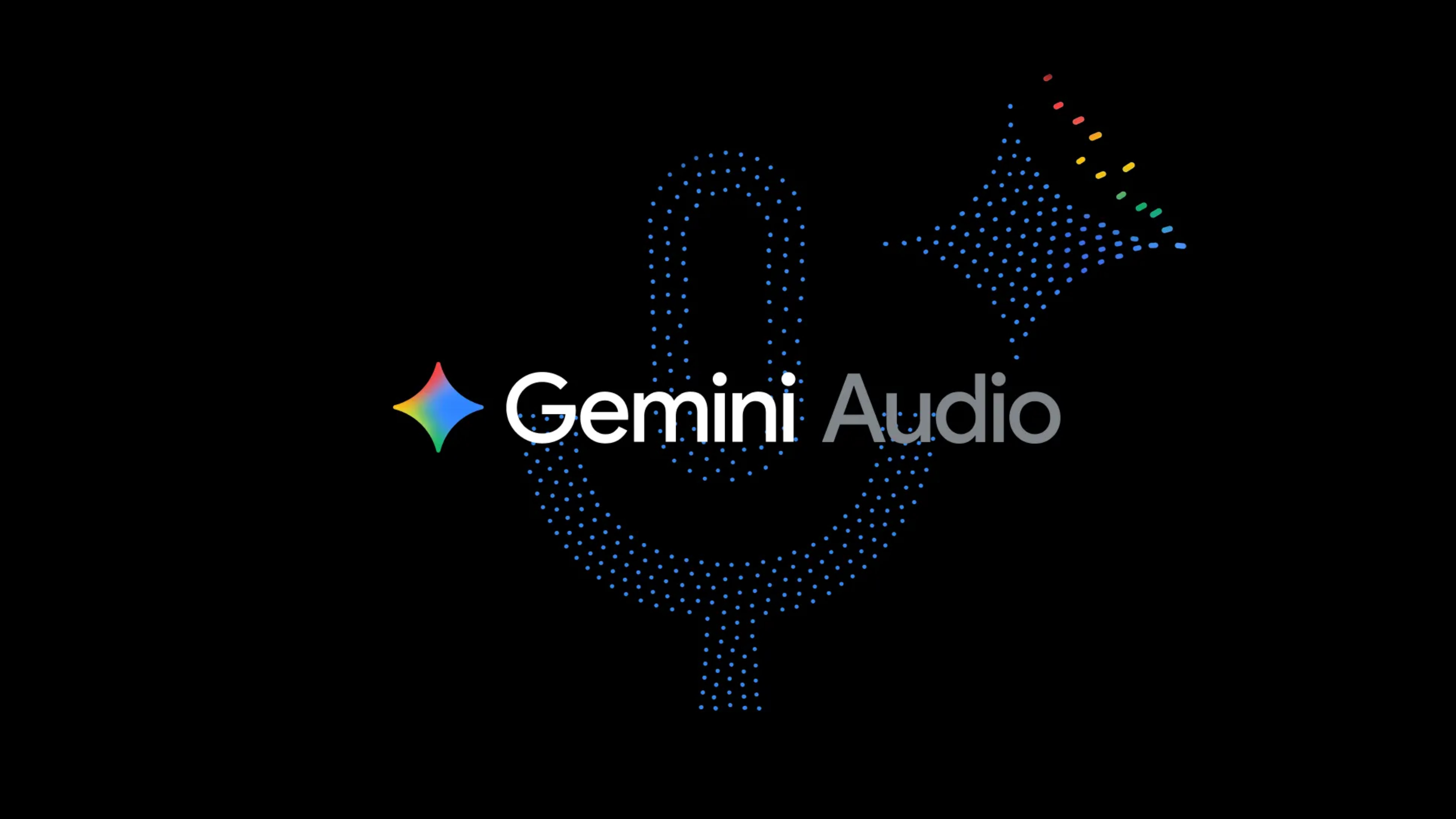Samsung Galaxy S23 Plus vs. Google Pixel 7 Pro: Which should you buy?
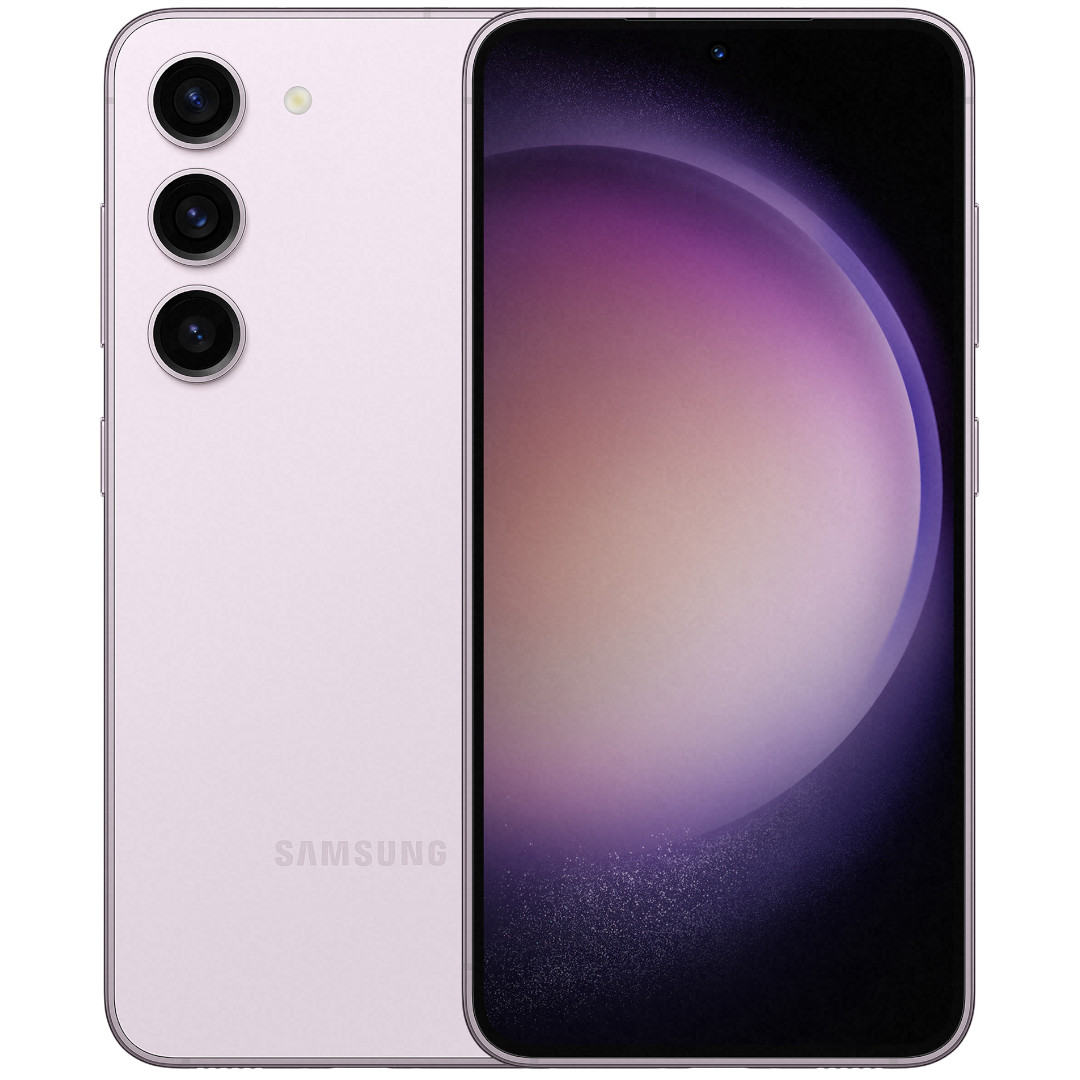
The middle child in Samsung's latest lineup, the Galaxy S23+ gives you an ultra-bright display, large battery, solid cameras, upgraded storage, and the latest Qualcomm chip. Still, because the S23 Ultra stands above it, it's not necessarily a "flagship" phone.
Pros
- Faster Snapdragon chip
- Twice the default storage
- Higher brightness
- Upgraded selfie camera
- Lighter design with Victus 2 protection
Cons
- Only FHD resolution and 8GB RAM
- Shorter zoom on telephoto lens
- Shutter lag
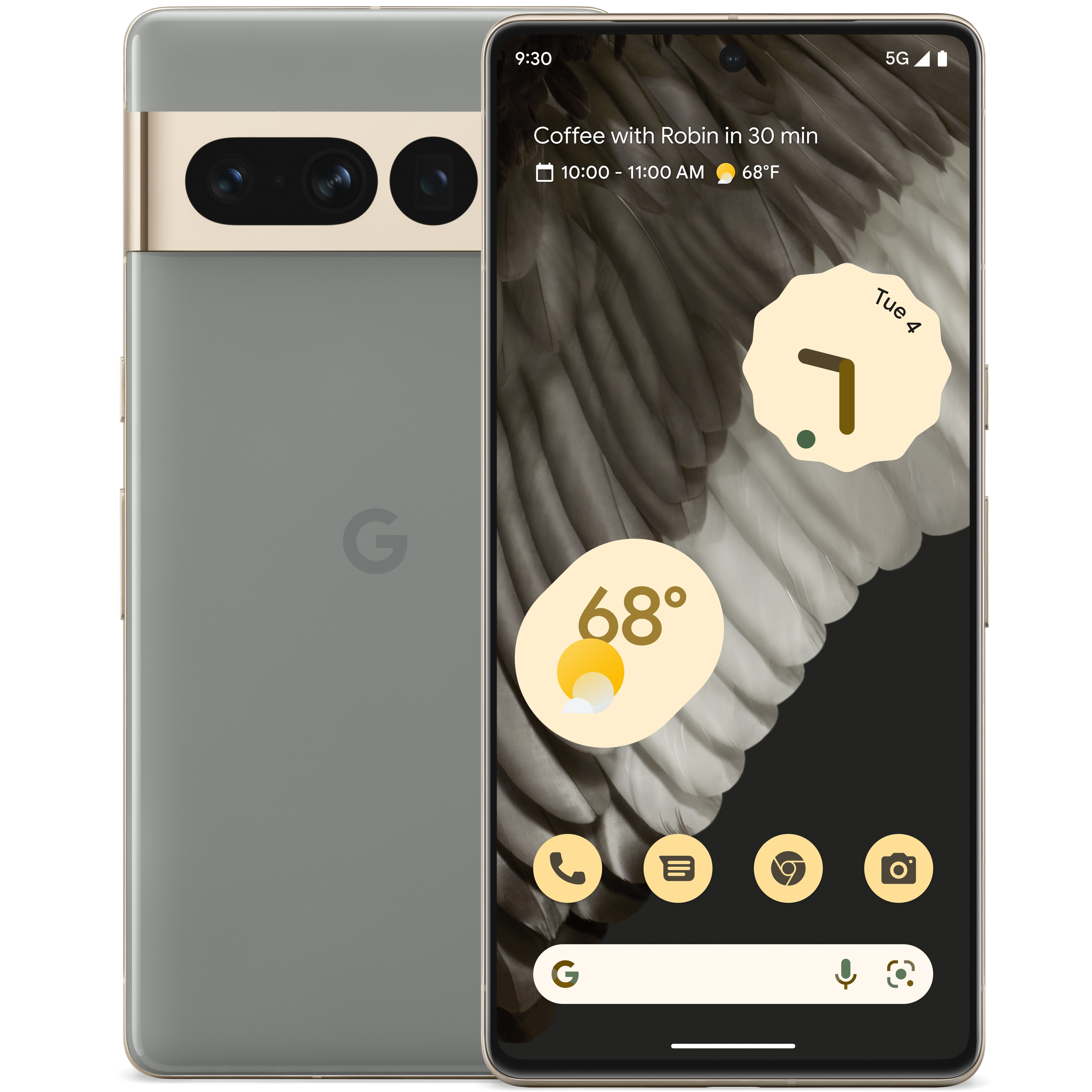
Google has mastered the art of the affordable flagship, with the Pixel 7 Pro giving you a gorgeous display, reliably fast performance, and absurdly good cameras for a reasonable price. Anyone who takes tons of photos will appreciate how it effortlessly captures fast-moving objects or lets you unblur and clean up photos after the fact.
Pros
- QHD LTPO display
- Fantastic camera software
- All-day battery life
- Tensor G2 with 12GB RAM
- Eye-catching design
Cons
- Only UFS 3.1 storage
- One fewer Android OS update
- Heavier and thicker
Google offers one of the most affordable and excellent flagship phones in the Android space, the Pixel 7 Pro. For comparison, Samsung reserves many of its best tools for the pricier Ultra lineup; so the Galaxy S23+, which costs $100 more than the Pixel 7 Pro, ends up with several downgrades that put Google on top.
Despite this, there are a couple of key reasons why the newer, second-tier Galaxy S23+ is actually an upgrade over the Pixel 7 Pro, our current pick for the best Android phone. Let's dive into the Samsung Galaxy S23+ vs. Google Pixel 7 Pro to see how they compare.
Samsung Galaxy S23+ vs. Google Pixel 7 Pro: Design and display
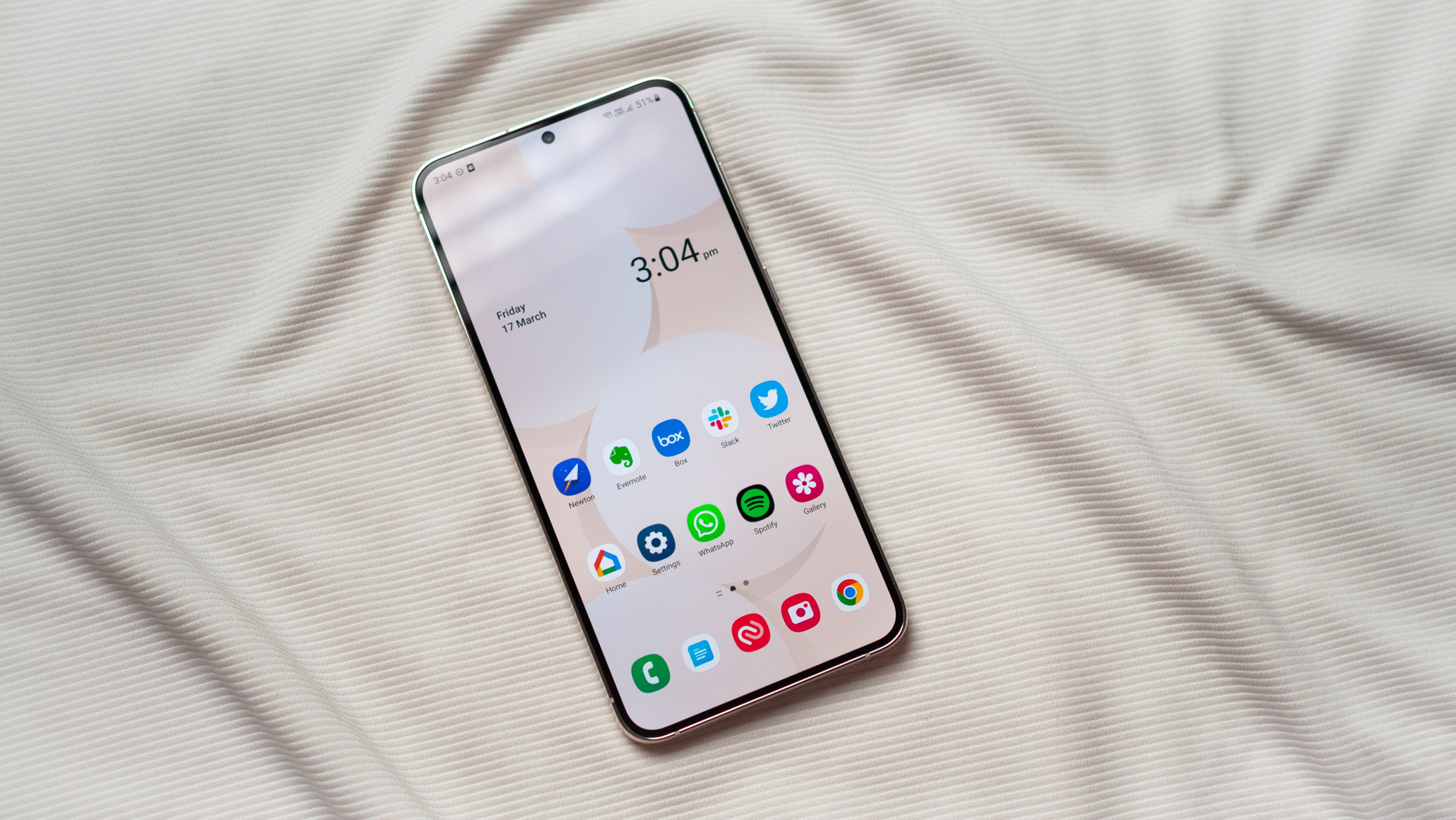
Samsung barely changed the S23+ design compared to last year's Galaxy S22 Plus. Both have a flat glass back and wide, angular edges, with the buttons blending into whichever aluminum color you choose.
In our S23+ review, we noted that "Samsung nailed the dimensions of the S23+" because it maximizes the size of display while still being comfortable to hold compared to larger, curved flagships — like the Pixel 7 Pro.
At 6.7 inches, the Pixel 7 Pro offsets its width with a curved edge that our reviewer (who also reviewed the S23+) found a bit "awkward to use. It's also fairly heavier than the S23+.
Each phone makes its design mark with a distinctive camera layout. The Galaxy S23+ sports a vertical strip of naked camera sensors, mirroring the look of the Galaxy S22 Ultra; it's certainly striking, but without a case, you may deal with dirt and grime getting caught between the sensors.
As for the Pixel 7 Pro, it has a metal camera bar spanning the width of the phone with cutouts for its camera sensors. We find it quite elegant, but it adds to the phone's weight and thickness when sticking the Pro in your pocket.
Get the latest news from Android Central, your trusted companion in the world of Android
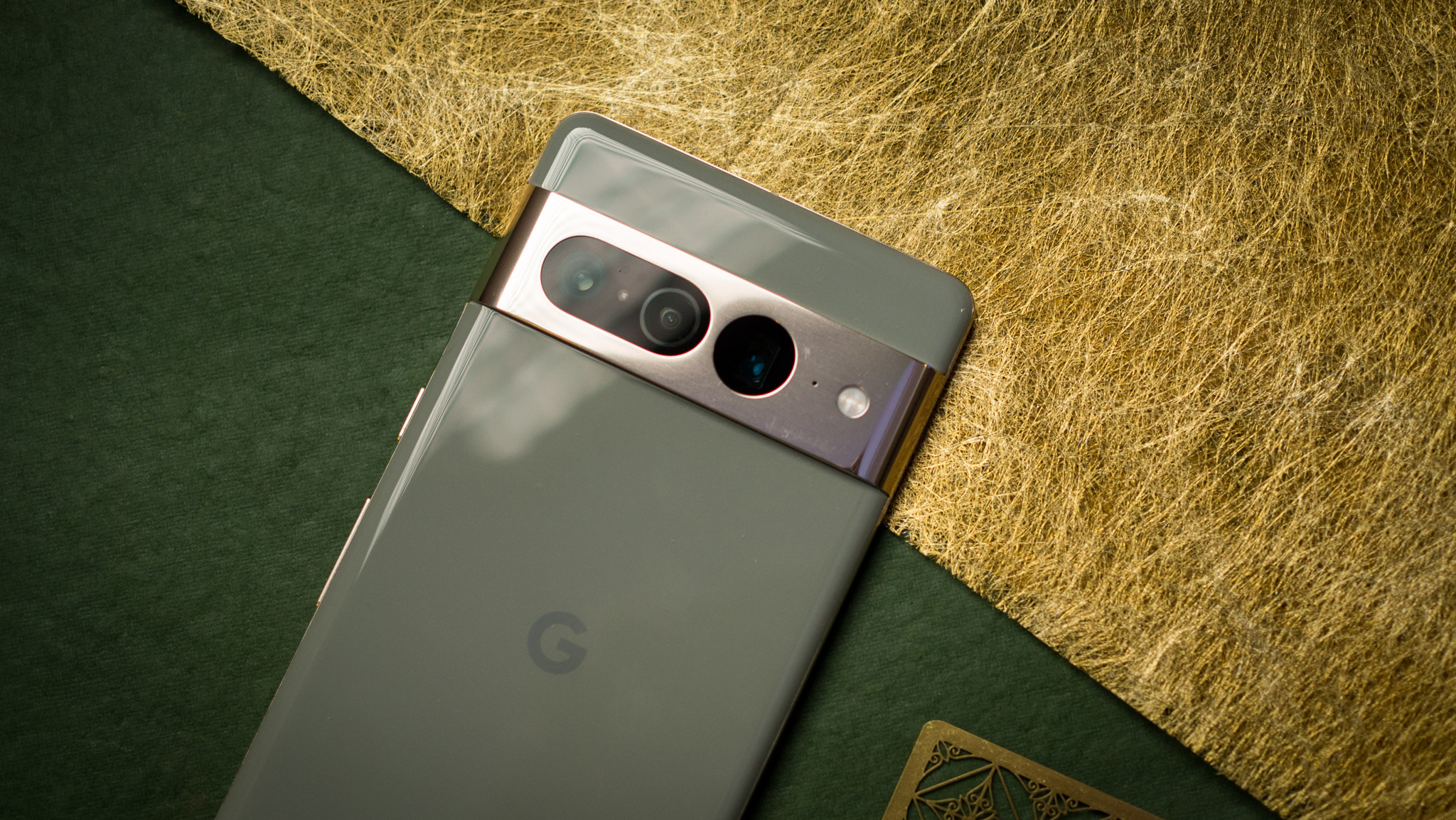
The Pixel 7 Pro's components have their flaws: some parts like the volume rocker can sometimes come loose over time, and the glossy finish is a fingerprint magnet. It also has the older Gorilla Glass Victus protection versus the new Gorilla Glass Victus 2 on the Galaxy S23 series. Both phones do have IP68 dust and water resistance.
As for the Galaxy S23+, its biggest flaw thus far is its somewhat boring design. We appreciate the frosted glass back, but we don't like the glossy finish on the sides instead of a more professional matte finish. At least the gloss doesn't cover the entire phone like the Pro.
The Pixel 7 Pro makes a curved fashion statement while the Galaxy S23+ takes a basic, flat approach.
As for both phones' respective displays, the quality edge goes to Google here, with one minor exception.
The Galaxy S23+ has a perfectly respectable FHD+ display with 393 pixels per inch, a 120Hz refresh rate, up to 1,750 nits of peak brightness in direct sunlight (or 1,200 for HDR content), and excellent color fidelity.
Compared to the dim Pixel 6 Pro, the Pixel 7 Pro can hit 1,500 at peak levels or 1,000 for HDR content, which is perfectly respectable even if it falls short of Samsung. Otherwise, though, its QHD display gives you an extra 119ppi, and the LTPO technology means its 120Hz display can dip as low as 10Hz for apps or functions that don't need high refresh rates, saving you a ton on battery life; for contrast, the S23+ only dips to 48Hz.
If we have one complaint, it's that Google gave the Pixel 7 Pro's display ultra-thin bezels that, combined with the curved display, gave our reviewer frequent accidental touches. With the flat-sided S23+, you won't have that problem.
Samsung Galaxy S23+ vs. Google Pixel 7 Pro: Performance and battery life
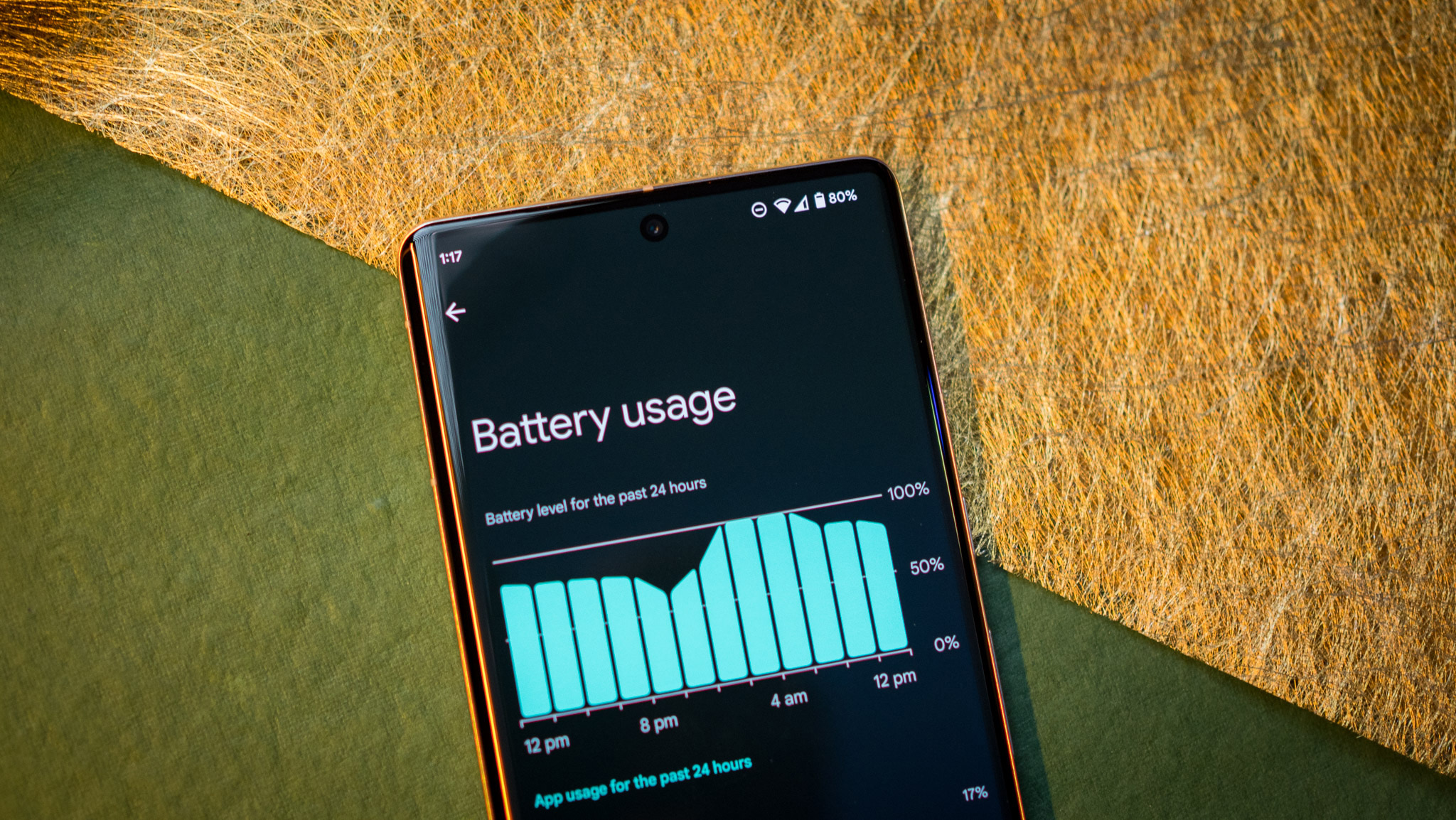
When you buy a flagship phone, you expect fast performance. With both of these phones, you can certainly expect fast browsing for day-to-day use, but you'll also have to accept some compromises whichever you choose.
Google built the Tensor G2 chip using the same cores and 5nm node as the Pixel 6 series, while Samsung has the benefit of the 4nm Snapdragon 8 Gen 2 with the latest cutting-edge cores.
Our Pixel 7 Pro reviewer benchmarked the phone and found that it did decently well compared to other 2022 phones for productivity, and had consistent gaming performance marked by "smooth framerates without any lag." But it was by no means cutting-edge last year, and doesn't keep up with 2023 flagships because of the 2021 hardware.
With the Galaxy S23+, you get 4GB less RAM than the Pixel 7 Pro; but thanks to the Snapdragon 8 Gen 2, it actually delivers better benchmarks and performance overall. Our reviewer raved that the S23+ gives you "lag-free gaming even during extended sessions" at 120fps, a noticeable improvement in fluidity, and "no slowdowns whatsoever in daily use."
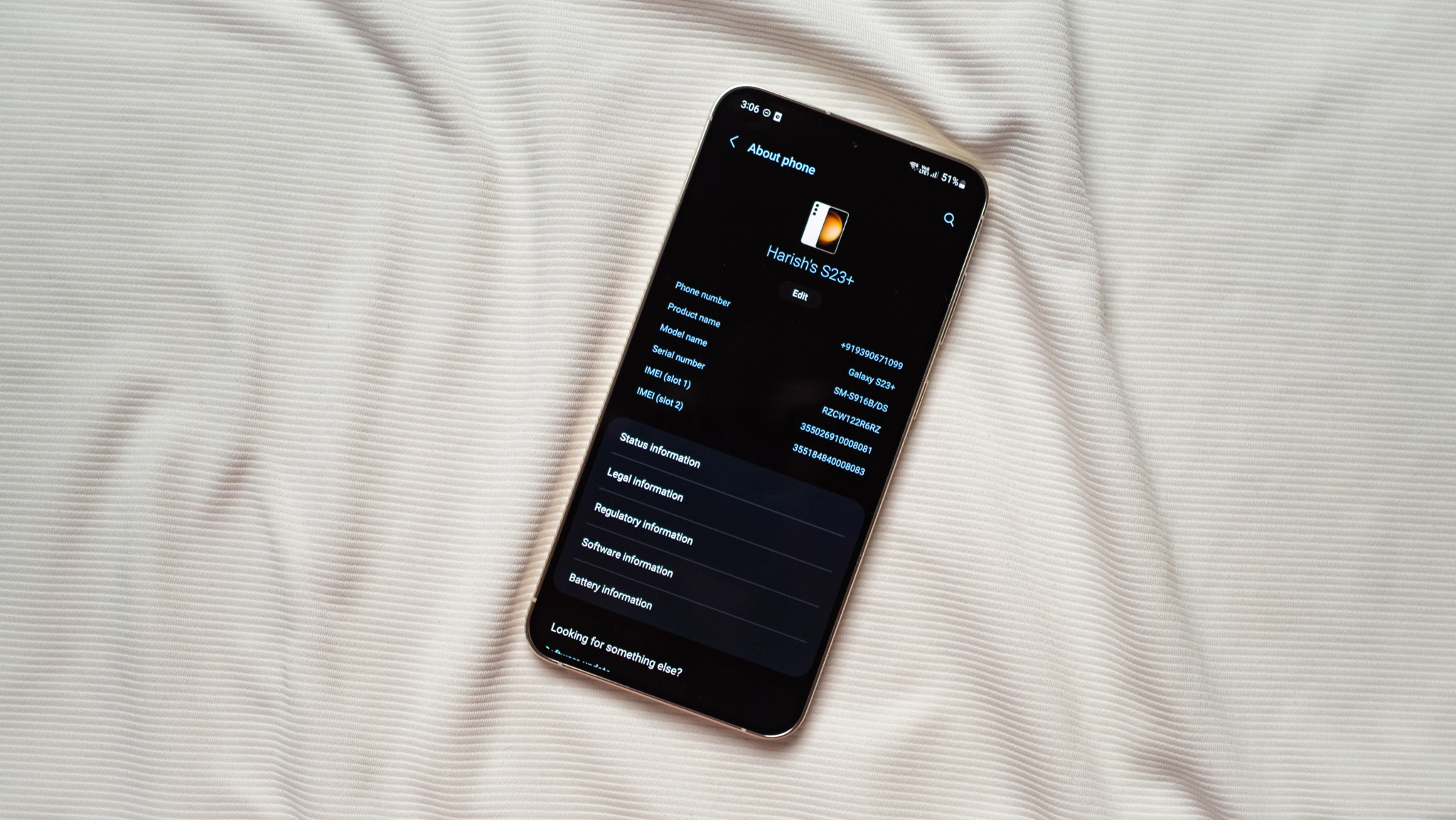
The Pixel 7 Pro remains stuck with UFS 3.1 storage, whereas the Galaxy S23+ has UFS 4.0 storage. For those who don't know the difference, the latest standard essentially doubles your read/write speed when sending data to and from your storage, while also sending it nearly half as efficiently. That means gaming download and load times will be significantly shorter, while also using less battery and keeping the phone running cooler.
All in all, the Galaxy S23+ is our recommendation if you want a dedicated gaming phone that's more comfortable to hold than the S23 Ultra — even though games on the Pixel 7 Pro's QHD display might look slightly richer.
| Spec | Galaxy S23+ | Google Pixel 7 Pro |
|---|---|---|
| Chipset | Snapdragon 8 Gen 2 for Galaxy Devices | Google Tensor G2 |
| Display | Flat 6.6-inch AMOLED (Up to 1,750 nits) | Curved 6.7-inch AMOLED, up to 1500 nits |
| Resolution | 2340 x 1080 (393ppi) | 3140 x 1440 (512ppi) |
| Refresh rate | 120Hz (48-120); 240Hz touch sampling | 120Hz (10-120); 240Hz touch sampling |
| Memory | 8GB | 12GB |
| Storage | 256GB/512GB UFS 4.0 | 128GB/256GB/512GB UFS 3.1 |
| Main rear camera | 50MP (OIS), f1.8 | 50MP ƒ/1.9 |
| Telephoto camera | 10MP (OIS), f2.4, 3x optical zoom | 50MP, ƒ/3.5, 5x optical zoom |
| Ultra-wide angle camera | 12MP, ƒ/2.2 | 12MP, ƒ/2.2 |
| Front Camera | 12MP, ƒ/2.2 | 10.8MP, ƒ/2.2 |
| Battery | 4,800mAh, 45W Fast Charging, 15W Wireless Charging, 5W reverse wireless charging | 5000mAh, 30W wired charging, 20W wireless charging, 5W reverse wireless charging |
| Updates | Up to Android 17, Security through 2028 | Up to Android 16, Security through 2027 |
| Security | Ultrasonic in-screen fingerprint sensor | Optical in-screen fingerprint sensor |
| Connectivity | Wi-Fi 6E, sub-6 and mmWave 5G, UWB, NFC, Bluetooth 5.3 | Wi-Fi 6E, sub-6 and mmWave 5G, UWB, NFC, Bluetooth 5.2 |
| microSD card slot | 🚫 | 🚫 |
| 3.5mm headphone jack | 🚫 | 🚫 |
| Dimensions | 157.8 x 76.2 x 7.6 mm | 162.9 x 76.6 x 8.9mm |
| Weight | 196 g | 212 g |
| Colors | Phantom Black, Cream, Violet, Green | Hazel, Obsidian, Snow |
| Protection | IP68, Gorilla Glass Victus 2 | IP68, Gorilla Glass Victus |
Processor and RAM aside, these two phones share many hardware similarities: in-screen fingerprint sensor, Ultra Wideband, a wide range of 5G bands, and Wi-Fi 6E support. Their cameras are also quite similar, though we'll discuss those more below. Samsung does come ahead with the latest Bluetooth 5.3 standard, which wasn't as common last year.
Google gave the Pixel 7 Pro a slightly larger battery capacity than the S23+ at 5,000mAh vs. 4,800mAh. With a month of extensive testing, the Pixel 7 Pro will reliably last you all day after 5 hours of screen time with about 20% battery remaining; generally speaking, you'll have no "battery anxiety" with this phone unless you're gaming all day.
Thankfully, we're also quite happy with the Galaxy S23+ battery life despite the smaller capacity. Thanks to the more energy-efficient Snapdragon 8 Gen 2, the S23+ "easily manages to last well over a day" even with "heavy use."
As for charging, the Google Pixel 7 Pro will take about 90 minutes to recharge with 30W capacity. The Galaxy S23+ wins in this category with 45W charging, though Samsung doesn't always take full advantage of the speed in order to preserve battery life; it's faster to hit 50%, but will take only slightly less time to hit 100%.
Samsung Galaxy S23 Plus vs. Google Pixel 7 Pro: Cameras
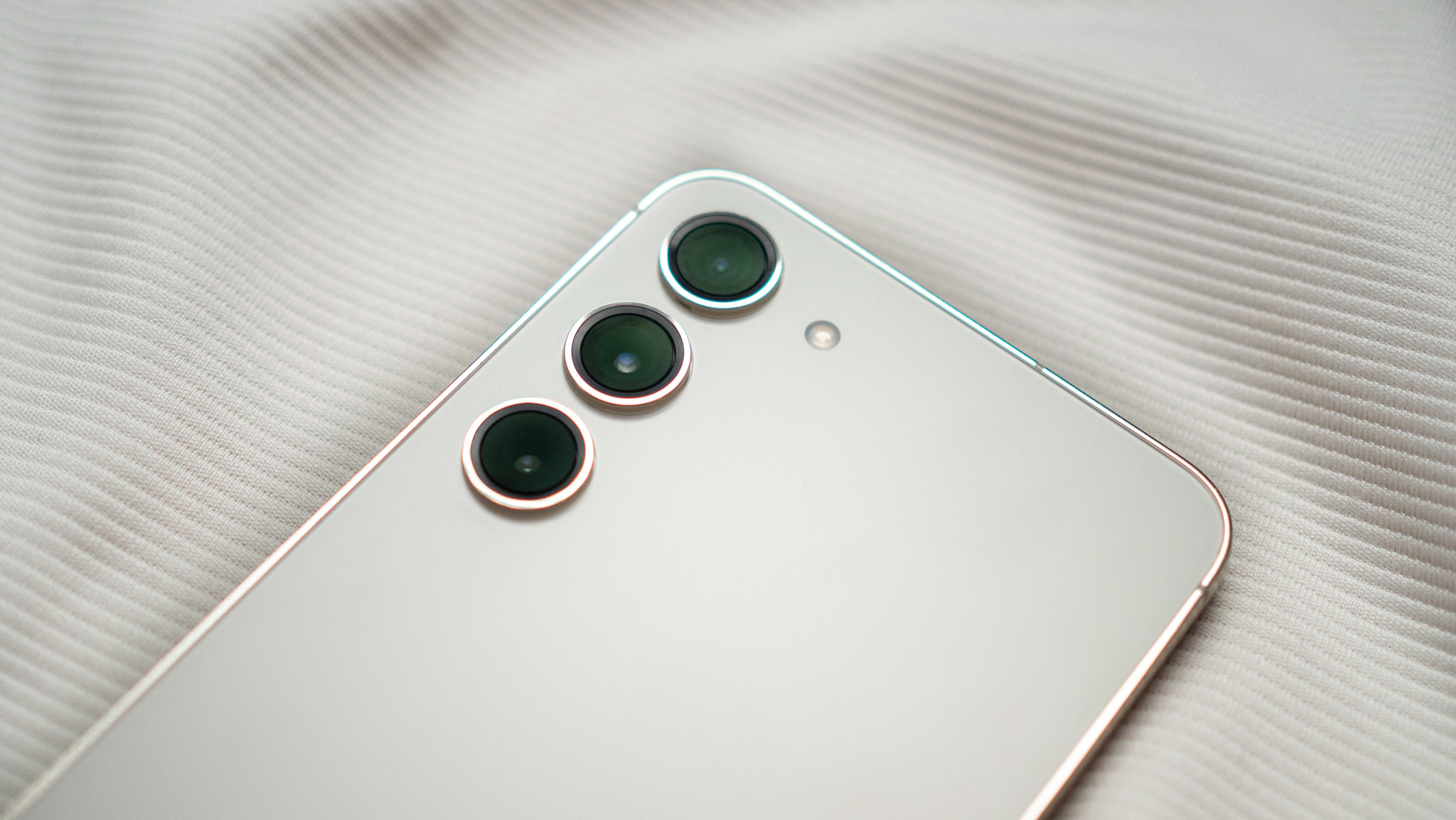
Samsung and Google have comparable wide and ultra-wide camera lenses, but the Pixel 7 Pro has a higher megapixel count and better zoom on its telephoto lens, while Samsung's selfie camera has a slight MP edge.
The Galaxy S23+ uses the same camera hardware as the Galaxy S22+, except for a new 12MP selfie camera that's the same as the one found in the Galaxy S23 Ultra. In our S23 Ultra camera review, we found the selfie quality to be "the best in the business" with "superb dynamic range" and the benefit of AI detection to better contrast the shooter with their background — and this applies to the S23+, too.
Generally speaking, Samsung has a "signature contrast look" to its photos after post-processing, but our reviewer found that it's less pronounced than with the last generation despite using the same hardware. Dynamic range and detail improved for daytime shots, while Night shots have seen a dramatic improvement.
Still, the Galaxy S23 Ultra vs. Pixel 7 Pro is the better battle to pay attention to if you're a smartphone camera aficionado. The S23+ is more middle-of-the-road compared to both phones. And like most Samsung phones, it struggles to capture fast-moving objects.
Samsung phones have great cameras compared to most brands, but Google remains the photography king.
By contrast, Google's biggest strength is in its photography, both in terms of quality and cool features like Magic Eraser and Photo Unblur to retroactively improve photos with awkward distractions or blurry composition. Google's Real Tone gives much better skin tone quality, something Samsung still doesn't pay particular attention to, and Pixels remain the best in the business for action photos.
In terms of overall quality, our reviewer explained how it does a "phenomenal job" capturing details and color range in daytime photos, but does even better with its Night Sight photos for "maintaining highlights while preserving finer details."
Samsung Galaxy S23+ vs. Google Pixel 7 Pro: Which should you buy?
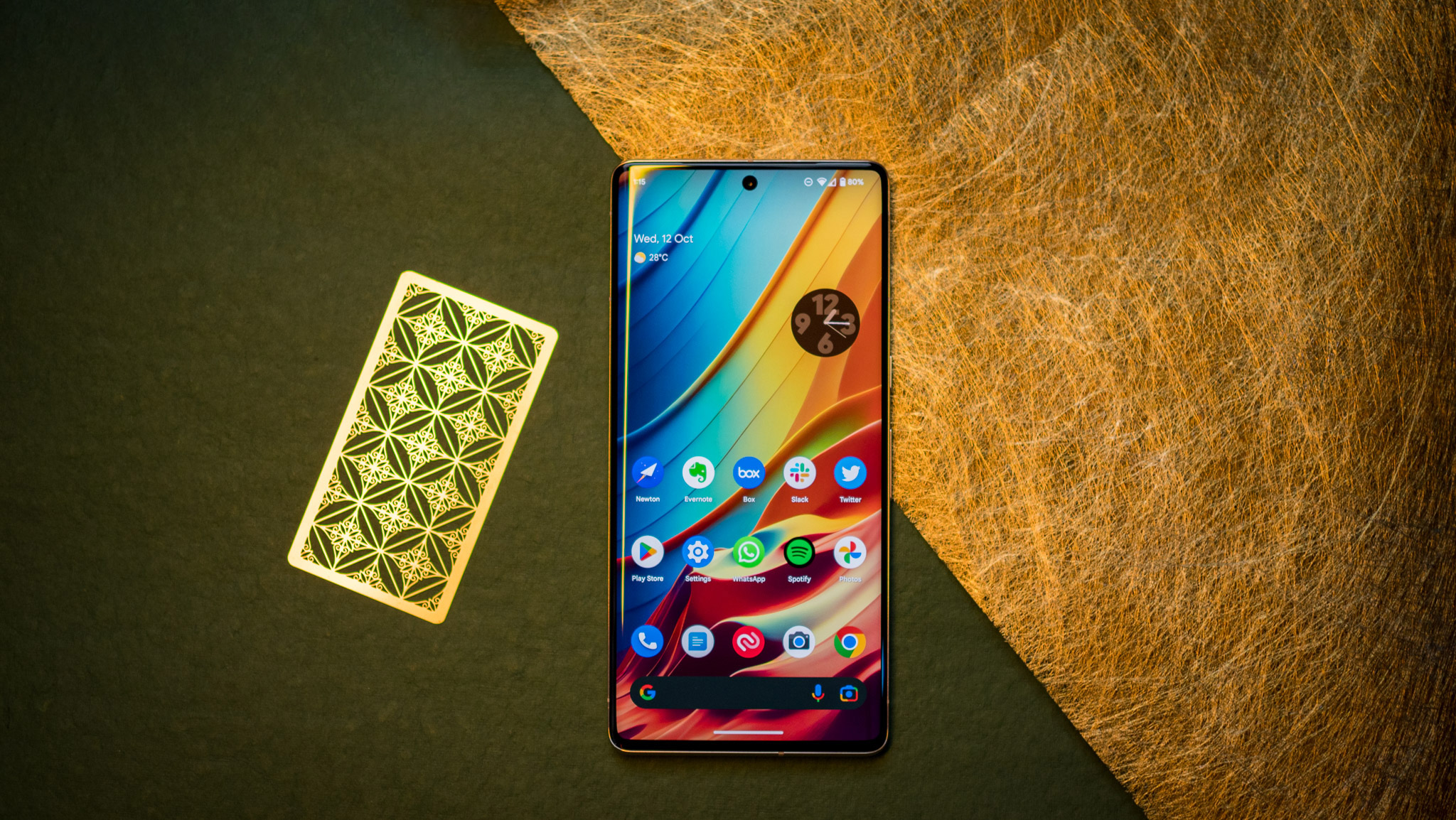
It's difficult to give a definitive "this phone is better" ruling, as you may prefer stock Android 13 or One UI 5 for your interface, and because both phones have their own strengths and weaknesses.
Google's Pixel 7 Pro is honestly close to a Pixel 6.5 Pro, refining the 2021 phone's design and fixing its mistakes but keeping much of the same hardware. So if you want a phone you'll use for years, the Tensor G2 and UFS 3.1 storage won't have the same longevity as the Galaxy S23 Plus' 2023 tech.
Then you have the Galaxy S23+, which is held back instead by Samsung's insistence on reserving features like upgraded cameras, a QHD display, and extra RAM for its Ultra lineup. Even with better performance and extra storage, you have to accept a downgrade compared to the Pixel 7 Pro in certain areas (mainly photography).
In the end, Google's phone is still a fantastic option today, while the Galaxy S23+ should be one of the best phones of the year if the Ultra costs too much for you. So your choice will come down to what you prioritize in a phone.

Choose the Samsung Galaxy S23+ for cutting-edge performance, the latest storage tech, and all-around quality. Don't choose it for the best display or camera tech.

Choose the Google Pixel 7 Pro if photography is your biggest priority or you want a phone that makes a design statement. Don't choose it for hardcore gaming or one-handed use.

Michael is Android Central's resident expert on wearables and fitness. Before joining Android Central, he freelanced for years at Techradar, Wareable, Windows Central, and Digital Trends. Channeling his love of running, he established himself as an expert on fitness watches, testing and reviewing models from Garmin, Fitbit, Samsung, Apple, COROS, Polar, Amazfit, Suunto, and more.
